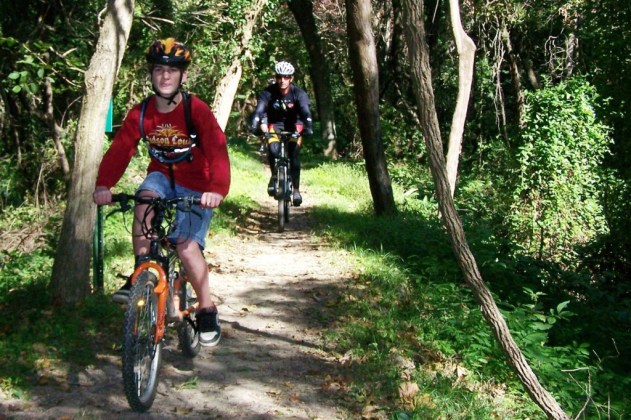A sunny sky, 75 degrees, and gentle breeze on April 10th can tempt almost anyone to the great outdoors. For many locals, a prime destination for a weekend retreat is Crawford State Park.

While this setting is familiar to many, imagine the same sunny day back in 1933, when the land now home to Crawford State Fishing Lake was very much dry ground. It was then that the Congress under President Franklin Roosevelt, in an effort to manufacture jobs for struggling young men during the Great Depression, passed the Emergency Conservation Work Act, commonly known as the Civilian Conservation Corps.
Employing 3 million young men over the course of nine years, the corps was strictly dedicated to the conservation and development of natural resources across the government-held land. As Roosevelt explained, “I propose to create [the CCC] to be used in complex work… confining itself to forestry, the prevention of soil erosion, flood control, and similar projects. I call your attention to the fact that this type of work is of definite, practical value, not only through the prevention of great present financial loss, but also as a means of creating future national wealth.”
Receiving a wage of $30 per month, the young men were sent nationwide to build dams and fire towers, fix bridges, plant trees (nearly 3 billion throughout the program’s nine years), improve waterways, and complete additional conservation projects. With such massive manpower, the work completed by the Civilian Conservation Corps provided incredible support to the nation’s conservation efforts. By the program’s end in 1942, 3,470 fire towers had been erected, 97,000 miles of fire roads built, drainage systems made for 84,400,000 acres of agriculture land, and disaster relief had been provided to New York, Vermont, and the Ohio and Mississippi river valleys following the 1937 floods.
Many of young men, unmarried and experiencing life outside away from home for the first time, ended up staying in the locations where they worked. Having planted roots in a new location (sometimes literally), the men often found other work following the program, married, and began raising families.
Like much of the government-owned land targeted by the Civilian Conservation Corps, the area now home to Crawford State Park was targeted for its strategic location in managing floods and erosion. To improve the surrounding environment, the corps built the 150-acre Farlington Lake, included in the present-day 500-acre state park. A memorial dedicated to the men of the Civilian Conservation Corps greets visitors to the park. In 2005, a paved .25 mile memorial trail was also dedicated to honoring the corps members. On your next visit to Crawford State Park, take the time to walk the interactive trail and discover more of the workers’ environment as they strove to build the lake.




You must be logged in to post a comment.